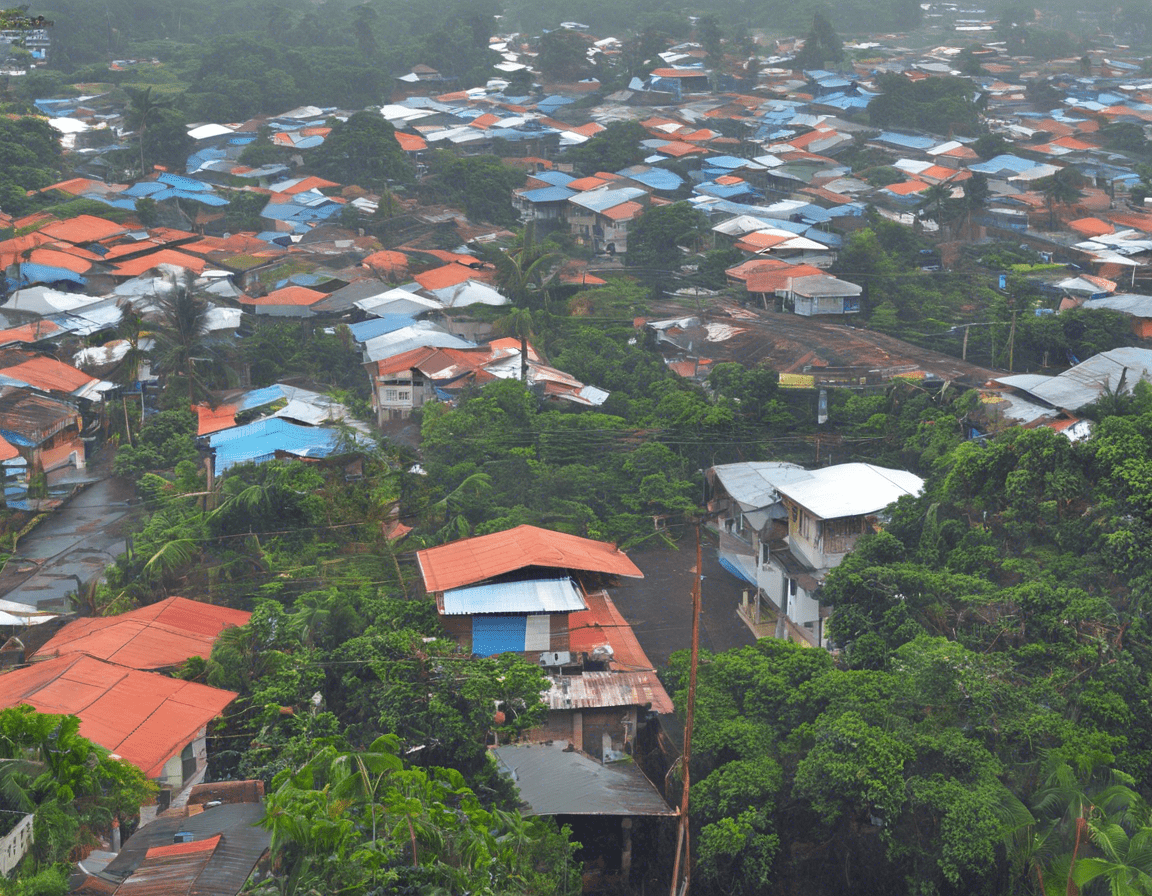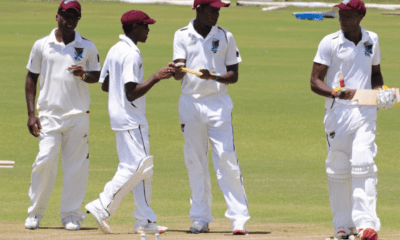Explore
Exploring the Unpredictable Pallekele Weather

The Pallekele International Cricket Stadium, located in Kandy, Sri Lanka, is renowned for its picturesque surroundings and the exciting matches it hosts. However, one aspect that sets it apart from other cricket venues is the unpredictable weather conditions that can have a significant impact on the game. The stadium’s proximity to the central highlands of Sri Lanka means that it is prone to sudden changes in weather, ranging from bright sunshine to heavy rainfall in a matter of minutes. In this article, we will delve into the nuances of the Pallekele weather, its impact on cricket matches, and how players and teams adapt to these conditions.
Understanding the Pallekele Weather Patterns
Pallekele’s weather patterns are influenced by its geographical location and proximity to the central mountains of Sri Lanka. The area experiences a tropical rainforest climate, characterized by high humidity and precipitation throughout the year. The Southwest monsoon from May to September and the Northeast monsoon from December to February bring heavy rainfall to the region, often leading to disruptions in cricket matches.
Impact of Weather on Cricket Matches
The unpredictable nature of the Pallekele weather poses a unique challenge for cricketers, umpires, and organizers. Sudden rain showers can lead to delays or interruptions in matches, affecting the momentum and rhythm of both teams. Wet outfield conditions can make it difficult for bowlers to grip the ball and for batsmen to play their shots effectively. Additionally, overcast skies can assist swing and seam bowlers, turning the tide of the game in favor of the bowling side.
Strategies for Dealing with Unpredictable Weather
Cricket teams playing at the Pallekele International Cricket Stadium have to be prepared to deal with changing weather conditions. Here are some strategies employed by players and teams to adapt to the unpredictable weather:
1. Monitoring Weather Forecasts: Keeping a close eye on weather forecasts and updates is crucial for teams to anticipate any impending changes in weather conditions.
2. Flexible Game Plans: Teams need to have flexible game plans that can be adjusted based on the weather. This may involve changes in bowling strategies, batting orders, or field placements.
3. Quick Adaptation: Players should be able to adapt quickly to changing conditions on the field. Whether it’s rain interruptions or variations in pitch behavior due to moisture, being able to adjust on the fly is essential.
4. Fitness and Stamina: Playing in humid conditions can be physically demanding. Teams need to focus on their fitness levels and stamina to cope with the challenges posed by the weather.
Pallekele Weather and Pitch Conditions
The Pallekele pitch is known for being batsman-friendly, offering good bounce and carry. However, the pitch behavior can be influenced by the prevailing weather conditions. In dry conditions, the pitch tends to favor spin bowlers, while moisture from rain can assist fast bowlers with swing and seam movement. Captains winning the toss often face a dilemma in deciding whether to bat or bowl first, taking into account both the pitch and weather conditions.
Frequently Asked Questions (FAQs)
1. How often do cricket matches get affected by rain at the Pallekele Stadium?
- Rain interruptions are not uncommon at the Pallekele Stadium, especially during the monsoon seasons. Matches can be delayed, shortened, or even abandoned due to inclement weather.
2. Do teams have a strategy in place for rain-affected matches at Pallekele?
- Yes, teams often have rain contingency plans that involve adjusting playing tactics, keeping an eye on Duckworth-Lewis-Stern (DLS) targets, and ensuring the players are mentally prepared for interruptions.
3. Can the weather at Pallekele change drastically during a single day of play?
- Yes, the weather at Pallekele is known for its unpredictability, and it is not uncommon for conditions to change rapidly from sunshine to rain within a short span of time.
4. How do ground staff prepare the pitch at Pallekele for rain?
- Ground staff at Pallekele cover the pitch and the square with large protective covers to prevent water from seeping in during rain showers. They also use super-soppers and mops to quickly dry the outfield post-rain.
5. Are players provided with additional hydration and cooling measures during matches at Pallekele due to the humid weather?
- Yes, players are often provided with electrolyte drinks, ice vests, and other cooling measures to combat the effects of playing in the high humidity levels at Pallekele.
In conclusion, the unpredictable Pallekele weather adds a fascinating dimension to cricket matches hosted at the International Cricket Stadium. It challenges players to adapt quickly, strategize effectively, and showcase their skills in varying conditions. Despite its challenges, the Pallekele Stadium remains a beloved venue for cricket enthusiasts, who appreciate the unique blend of sport and nature that it offers.









